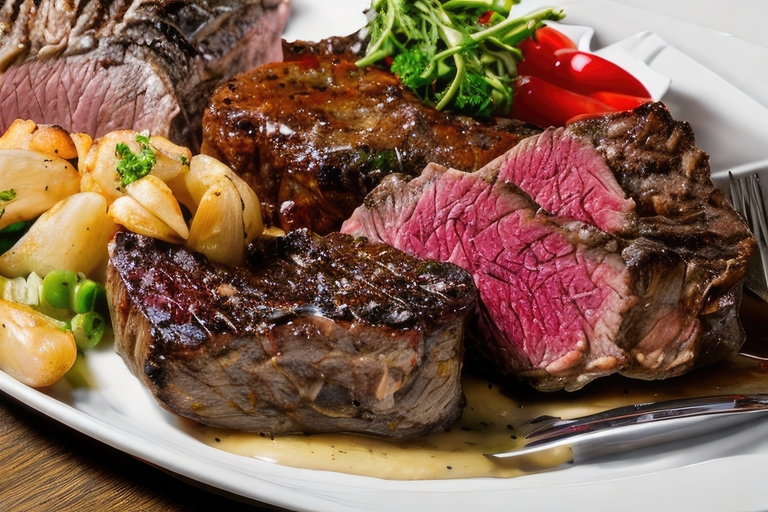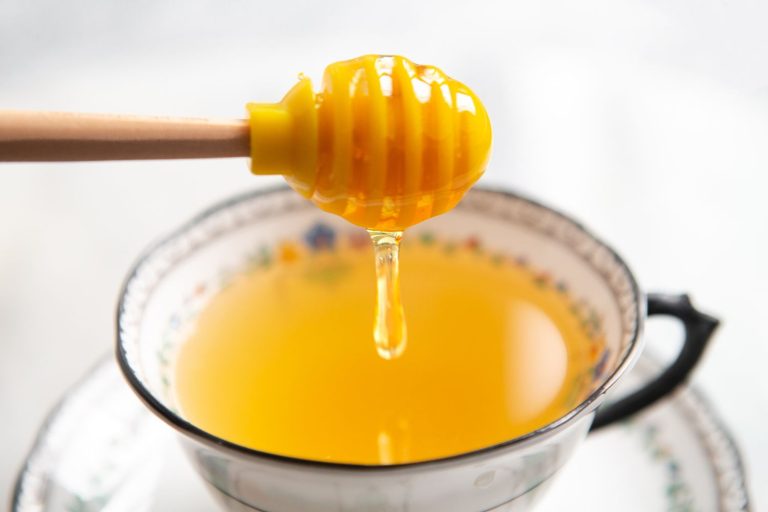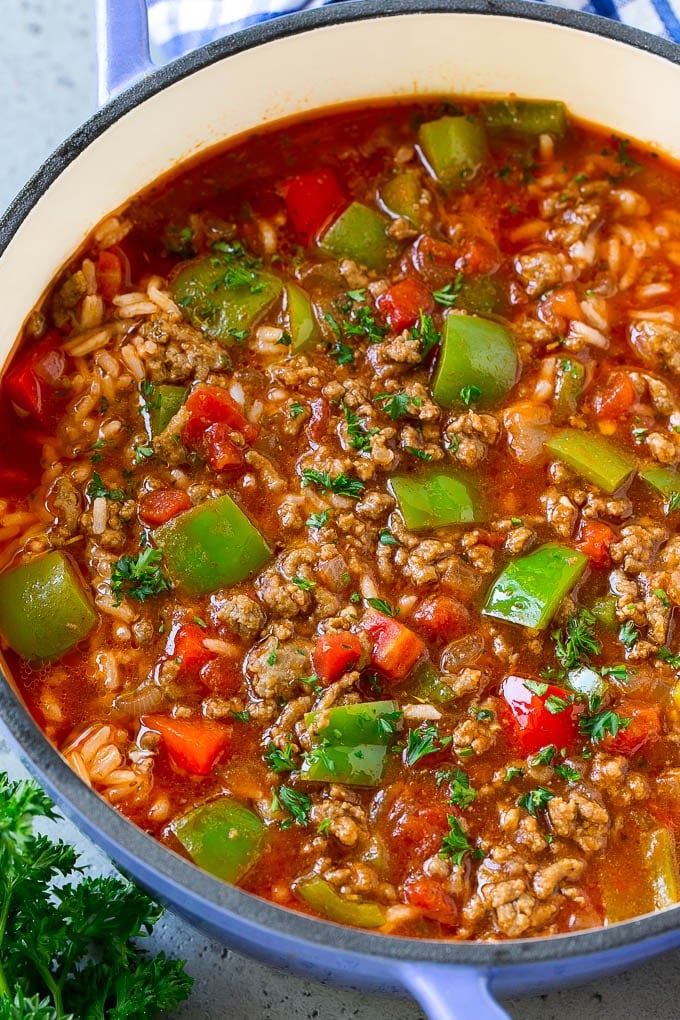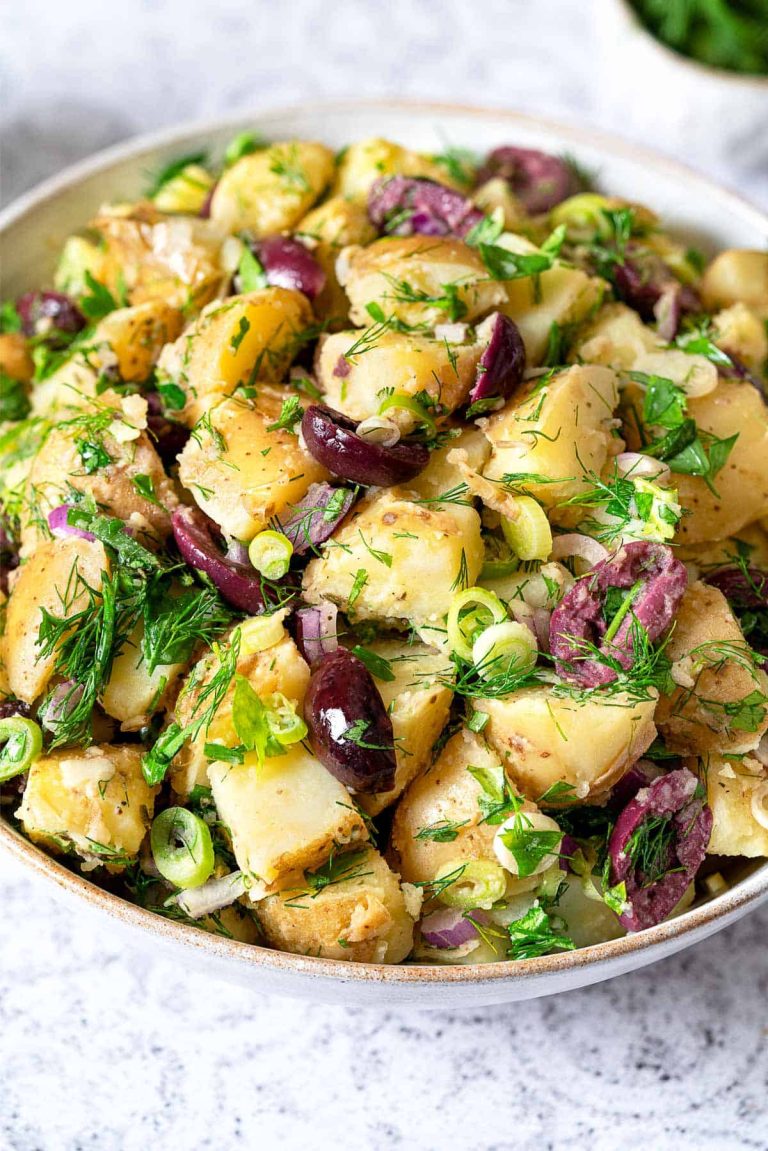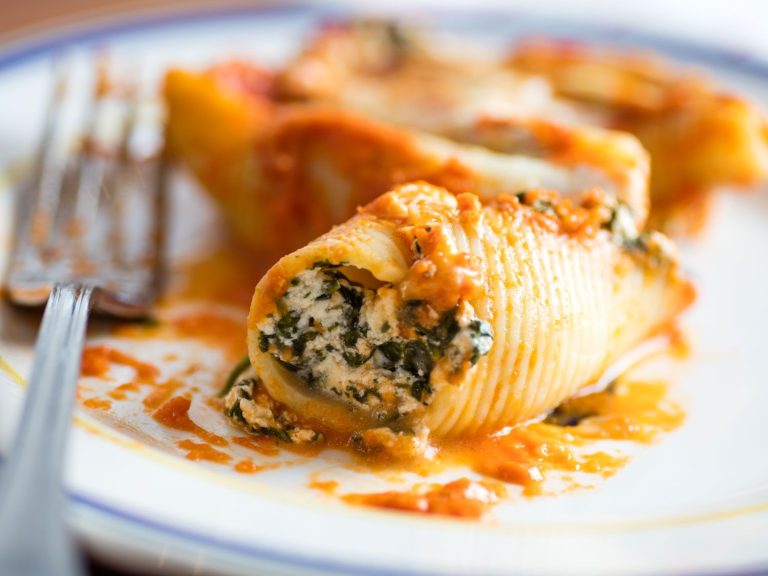Korean BBQ Galbi: Top Recipes, Tips, and Best Restaurants
Korean BBQ Galbi has deep-rooted significance in Korean cuisine, linked to both historical dining practices and cultural traditions. Initially, Galbi, meaning “rib,” referred specifically to beef ribs. Historically, Korean aristocrats enjoyed marinated grilled meat during the Joseon Dynasty (1392-1897). This dish has evolved over centuries, maintaining its cultural importance. The marinades, typically a blend of soy sauce, garlic, sugar, and sesame oil, have origins in traditional preservation methods.
Regional Variations of Galbi Across Korea
Galbi’s preparation varies across Korea’s regions, reflecting local ingredients and culinary traditions. In Seoul, you’ll find traditional beef Galbi marinated in a sweet soy sauce mixture. The marinade often includes pear or apple for added sweetness. Jeolla Province is known for its distinct use of sea salt and less sugar in the marinade, creating a savory flavor. In contrast, the Gyeongsang region offers spicy Galbi, incorporating red chili paste to cater to those preferring a bolder taste. These variations highlight Galbi’s adaptability and regional flavors.
Ingredients and Preparation Techniques
Key Ingredients for Authentic Galbi
Authentic Galbi starts with quality ingredients. Beef short ribs, preferably with bone-in, provide the best flavor. Korean soy sauce is essential as it gives the dish its signature taste. Garlic, ginger, and sesame oil add depth and richness. Asian pear or apple helps tenderize the meat and adds sweetness. Sugar, usually brown or honey, balances the saltiness. Green onions and white onions contribute to the aroma and flavor profile. Toasted sesame seeds and black pepper offer a finishing touch.
- Marinate the Ribs: Combine soy sauce, minced garlic, ginger, sesame oil, grated Asian pear or apple, brown sugar, and sliced onions. Mix well. Submerge the rib pieces in the marinade, ensuring they are evenly coated. Marinate for at least 4 hours or overnight for best results.
- Prepare the Grill: Preheat the grill to medium-high heat. It ensures the ribs cook evenly and achieve the desired char and caramelization.
- Grill the Ribs: Place the marinated ribs on the grill. Cook each side for about 5-7 minutes or until they reach an internal temperature of 145°F. Use tongs to turn the ribs to avoid piercing and losing juices.
- Serve: Once grilled, sprinkle toasted sesame seeds and black pepper on the ribs. Serve hot with side dishes like kimchi and rice for an authentic experience.
Use these techniques and ingredients to create a mouthwatering and authentic Galbi.
Cooking Korean BBQ Galbi at Home
Tips for Grilling Perfect Galbi
Ensure you use beef short ribs with a good amount of marbling for the best texture. Marbled ribs stay tender and juicy when grilled. Marinate the ribs for at least 4 hours, but for optimal flavor, aim for 12 to 24 hours. This allows the marinade to penetrate deeply. Preheat your grill to medium-high heat before placing the ribs on it. Searing the ribs initially locks in the juices and creates a beautiful caramelized crust.
Turn the ribs frequently to prevent burning and ensure they cook evenly. Brush the remaining marinade on the ribs each time you flip them. Grill the ribs until they reach an internal temperature of 145°F. Let them rest for a few minutes before serving to allow the juices to redistribute.
Sides and Condiments to Enhance Your Galbi Experience
Complement your Galbi with traditional Korean side dishes, known as banchan. Popular banchan options include kimchi, pickled radishes, and seasoned spinach. These sides provide a balanced combination of flavors and textures that enhance the rich taste of Galbi.
Add a bowl of steamed white rice to your meal. The rice serves as a neutral base that complements the intense flavors of the Galbi. Offer ssamjang, a savory dipping sauce made from fermented soybean paste, and sliced green chili peppers as condiments. They add an extra layer of flavor and spice to each bite.
Include fresh lettuce leaves for wrapping the Galbi. This typical Korean practice, known as “ssam,” adds a crisp, refreshing element to the meal. Place a piece of Galbi, some rice, and a dab of ssamjang in a lettuce leaf, then wrap it up for a delicious and interactive eating experience.
Where to Enjoy Korean BBQ Galbi
Top Galbi Restaurants in Korea
Exploring Korea’s culinary scene is incomplete without experiencing top-tier Galbi restaurants. Seoul’s “Maple Tree House” offers premium Hanwoo beef, emphasizing high-quality ingredients. “Jinju Jip” in Gyeongsang Province serves a spicy variant, known for its rich flavors. In Jeolla Province, “Byeokje Galbi” provides savory marinated ribs, delivering a unique experience.
Renowned Restaurants:
- Maple Tree House: Located in Seoul, famous for Hanwoo beef
- Jinju Jip: Popular in Gyeongsang Province, specializes in spicy Galbi
- Byeokje Galbi: Based in Jeolla Province, offering savory marinades
Finding Authentic Korean BBQ Galbi Abroad
Finding authentic Korean BBQ Galbi outside Korea involves visiting specialized Korean barbecue restaurants. In Los Angeles, “Kang Ho-Dong Baekjeong” delivers genuine flavors using traditional recipes. New York City’s “Kang Ho Dong Baek Jong” is renowned for its adherence to authentic techniques. London’s “Jin Go Gae” offers classic dishes, ensuring a traditional dining experience.
- Kang Ho-Dong Baekjeong: Located in Los Angeles, known for traditional recipes
- Kang Ho Dong Baek Jong: Situated in New York City, famous for authentic techniques
- Jin Go Gae: Found in London, providing a classic Korean dining experience
Conclusion
Exploring Korean BBQ Galbi offers a rich and flavorful journey through Korean culinary traditions. From the diverse regional styles to the intricate preparation techniques, each aspect brings its own unique twist to this beloved dish. Whether you’re savoring Galbi at a top restaurant in Korea or indulging in its authentic flavors abroad, the experience is sure to be memorable. Dive into the world of Korean BBQ Galbi and discover why it’s cherished by food enthusiasts around the globe.
